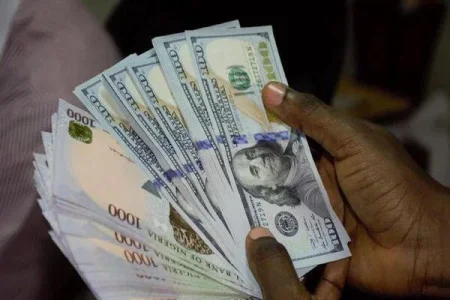
The naira depreciated to N1,735 per dollar in the parallel market, while appreciating to N1,666.72 in the official NAFEM market. With trading volumes down and the exchange rate margin widening to N68.28, economic concerns over currency stability intensify as Nigeria faces foreign exchange pressures and limited dollar supply.
The Nigerian naira saw a decline in the parallel market on Friday, depreciating to N1,735 per U.S. dollar from N1,730 on Thursday. This shift underscores the ongoing challenges facing Nigeria’s currency and highlights the pressures on the local economy amid fluctuating dollar demand.
Meanwhile, the naira showed signs of strength in the Nigerian Autonomous Foreign Exchange Market (NAFEM), appreciating N1,666.72 per dollar, up from N1,675.49 the previous day. This increase represents an N8.77 gain, but market data from FMDQ revealed a significant drop in the volume of dollars traded. Friday’s turnover fell sharply by 43.4%, with only $94.20 million changing hands, down from $166.61 million on Thursday.
The gap between the parallel market rate and the NAFEM rate continues to expand, reaching N68.28 per dollar on Friday, up from N54.51 on Thursday. This widening margin raises concerns over currency stability, as the divergence between official and parallel rates grows amid limited foreign exchange inflow and surging demand.
The government’s efforts to stabilize the naira face considerable obstacles, particularly as dollar inflow decreases and global economic conditions shift. Economic analysts suggest that policies to curb inflation and strengthen dollar reserves are essential to addressing the ongoing volatility and widening rate disparity.
In the current climate, Nigerians are closely watching as currency depreciation and widening margins place additional strain on import-dependent sectors and consumers facing rising prices.




